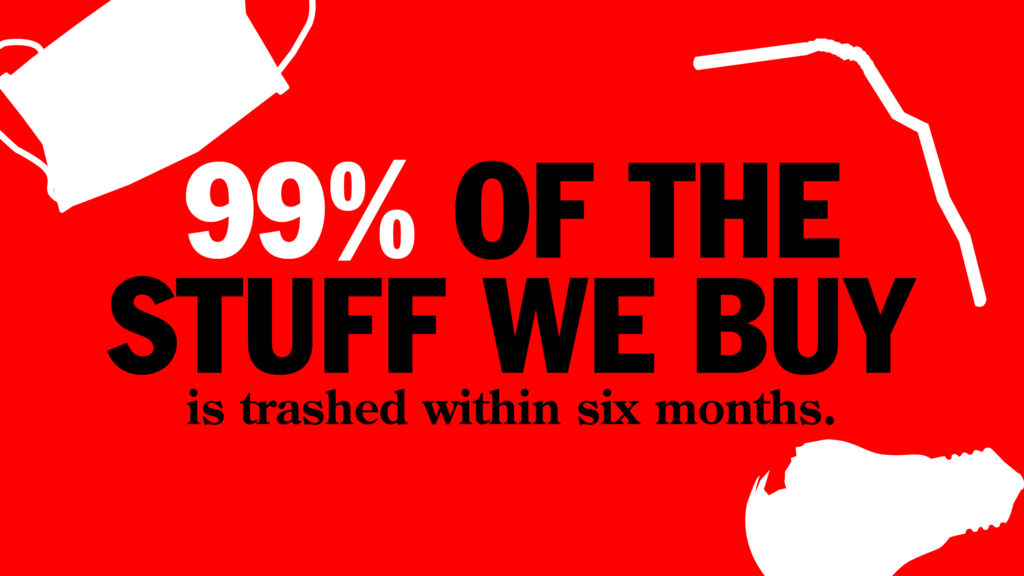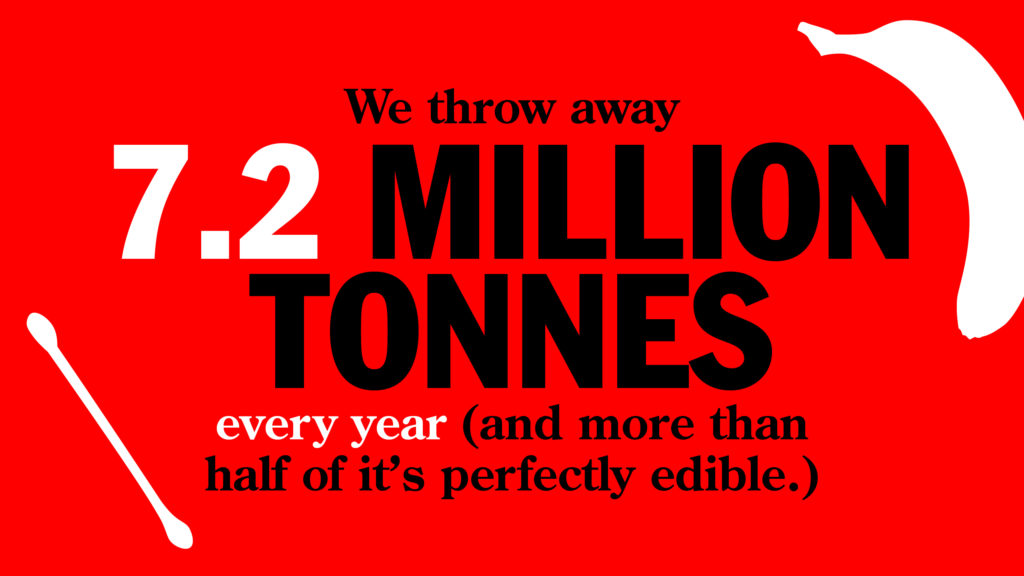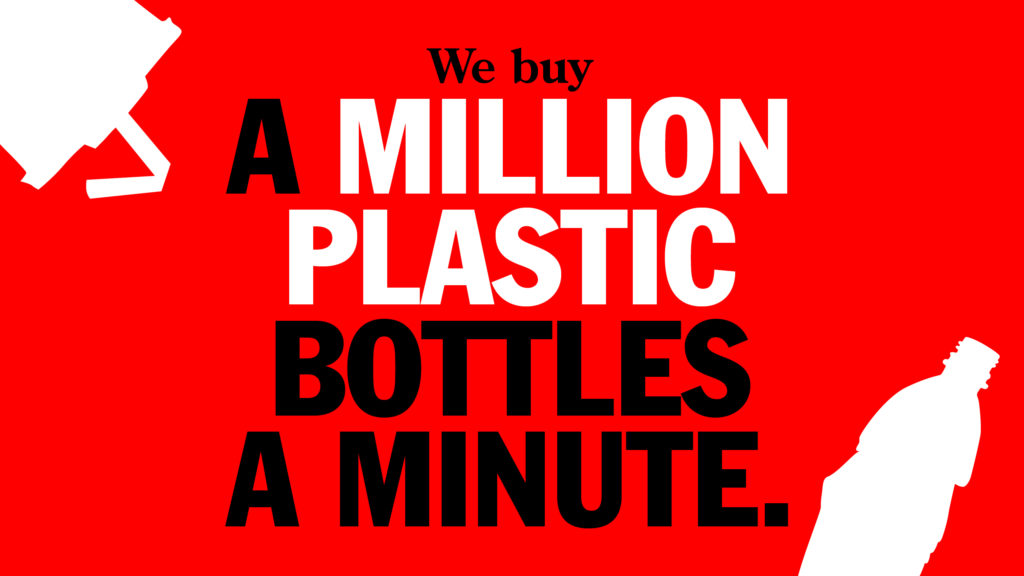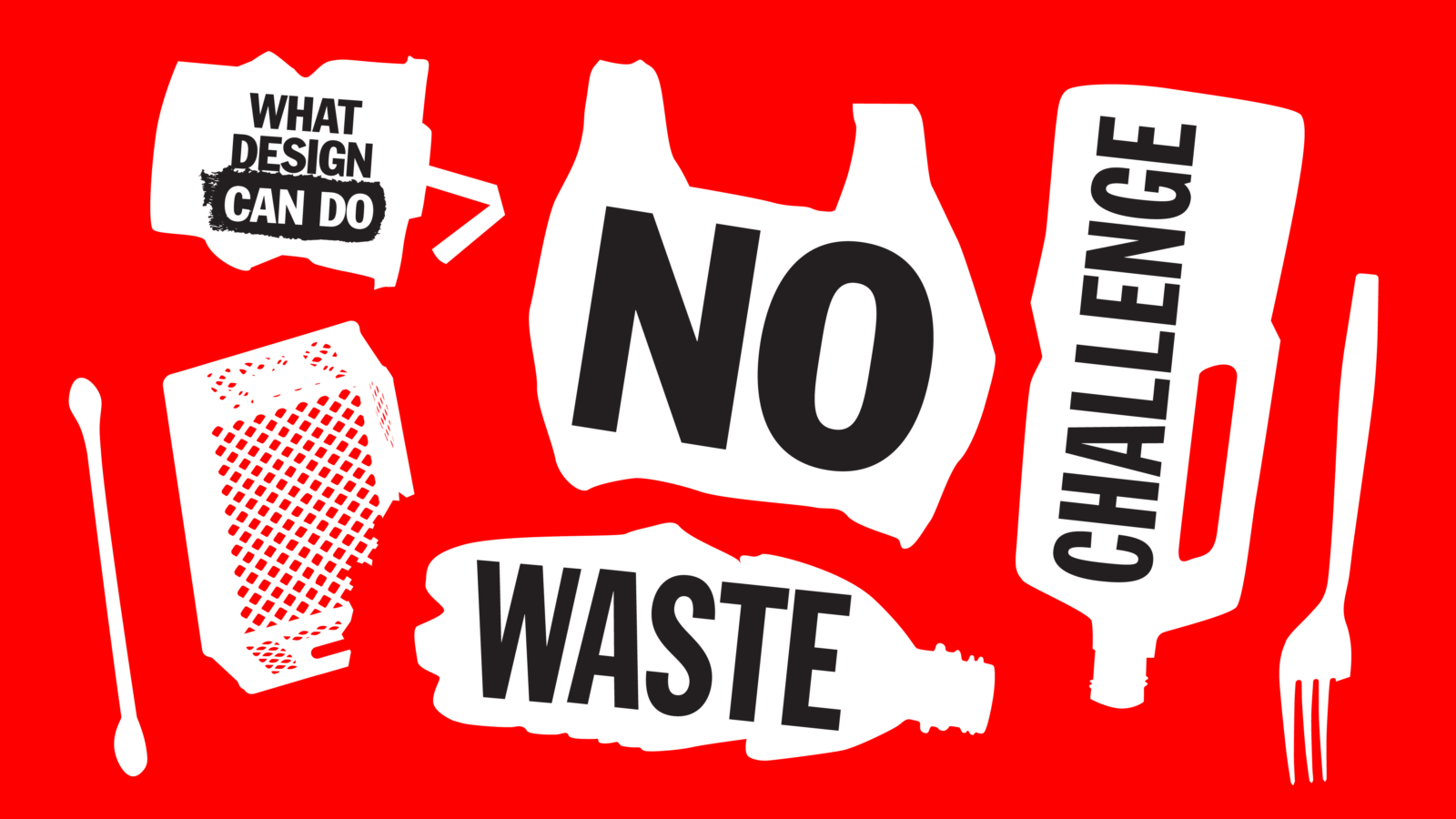Under the title "Haven't we all been bad designers?", graphic designer Richard van der Laken has published an opinion piece on the subject of consumption and waste, which we are delighted to share with you here. He is co-founder of De Designpolitie, the design collective Gorilla and the design platform What Design Can Do.
This month, it became known that second-hand stores in the Netherlands are overflowing with goods due to the coronavirus crisis. So full that they have even stopped accepting donations. Perfectly functioning coffee machines, kitchen appliances and furniture are ending up in the incinerator. Warehouses across Europe are now overflowing with plastic waste. In Poland, fields, forests, roadsides and shipyards are becoming landfills for thousands of tons of household waste, 70% of which was imported from Germany. One consequence of this is that these mountains of waste can no longer be passed on to other (often poorer) countries. This fits in with the idea that the current pandemic is leading to an exacerbated waste crisis.

Everyone knows that the way we treat products today is downright shameful, but it hasn't changed our behavior. Things are worse than ever before. Every year we throw away no less than 2.12 billion tons of waste worldwide. If we carry on like this, this figure will rise by around 70% by 2050 - with huge social, economic and environmental consequences. So it's time for a radical change. The way we make, sell and value things needs to change drastically. And designers have a huge responsibility in this context.

Nowadays, the average consumer product lasts about six months. Six months! Think of that figure when you walk down your local high street and you'll feel sick. We also have to deal with the invisible ecological disaster caused by online shopping. Last year, incredible amounts of clothing and consumer goods were ordered, tried on, used and - unashamedly - returned. Dutch and German consumers are responsible for the most online returns in Europe, according to a study by Kantar. A staggering 50% of German fashion retailer Zalando's sales are returned. Most of these products become unsaleable and end up in landfill. One reason for the exponential growth in this destructive sector? The coronavirus crisis.

But the real reason for the mountain of garbage is of course not the coronavirus crisis. The pandemic is merely holding up a mirror to the huge social and ecological problems of our time. The problems with waste are part of a gigantic, systematic phenomenon that we have been addicted to for decades and that will only get worse in the future: consumerism. As citizens and consumers, there are few if any barriers that prevent us from buying, using and - in short - wasting.

It is not only the consumer who is to blame, but also politicians, producers and designers. The visionary Canadian designer Bruce Mau put it succinctly: "Design got us into this mess, now design has to get us out of it."
As a designer, I find it extremely painful to see how we as a society treat products and raw materials. That has to change! And I myself must also take responsibility. Historically, it is the designers who have encouraged overproduction, overexploitation and consumption, while at the same time stimulating a never-ending search for innovation. The "seductive power of design" is a well-known phenomenon in the industry. Design can be used to seduce people; for better or for worse.

The fact that designers have contributed to the breakneck speed of the fashion industry (chains like H&M refresh their collections every 6 weeks!), or a sprawling brand industry built on disposable packaging, single-use products and convenient return systems are indefensible. As an industry and as a creative community, we need to roll up our sleeves and change.
Designers are in a unique position to change the way things are made and what they are made from. A growing number of creatives have already taken an active role in the transition to a circular economy. There are many good examples: Like Freitag, the popular messenger bag series by graphic designers Markus and Daniel Freitag. Their products are as recyclable as possible and use recycled truck tarpaulins and car seatbelts as raw materials. Or Soapbottle, an innovative type of cosmetics packaging that is 100% biodegradable and dissolvable. Another exciting project is the recently launched B- Warenhaus, Berlin's first second-hand department store and repair center. These initiatives make us optimistic, but we still need to take further steps. Now more than ever, the design community must dare to take the lead and use its creative potential en masse.

As head of the design-oriented organization What Design Can Do, I will take the initiative to launch a long-term waste prevention program in the Netherlands and other countries, including Brazil, Mexico, Kenya, India and Japan. We are running this program in close collaboration and with the generous support of the IKEA Foundation. It all starts with a global design competition, which is open for entries from today. Designers, creative entrepreneurs and innovators - join us! There is no time to lose.





